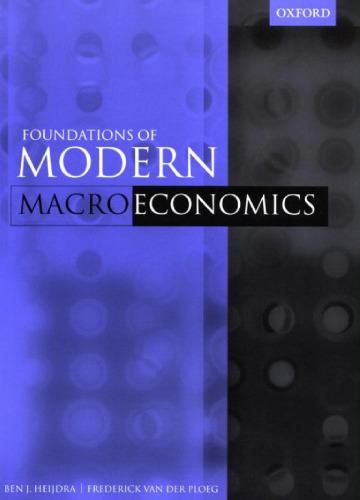11.3.1 The Dornbu! Up to this point we which would be correct this may be reasonable what...
Question:
11.3.1 The Dornbu!
Up to this point we which would be correct this may be reasonable what inconsistent as, of freely flexible excha nerally will) fluctut:I.
in the exchange rate. T duce the assumption oi ex dectations; see Chap perfect capital mobility E., nations (T5.1) an('_ a small open economy es.::ation (T5.4) is the 1 level y, prices gradual.,.
price level is finite, du rms that 0 < <
Luresight. Agents' expo with the actual path The model exhibits and e = 0 implies that Iu: run, the dorm.:
i-urthermore, there is al with y = p and r = r*
Table 11.5. The Do' DI
= —EiRr [p* + e —
— p = —E EAn y.
f=r-Fee ,
= [y - , e=e.
296 0 Chapter 11: The Open Economy a locomotive policy, which emotional ens in our discussion of the nature of this inconsistency Parity condition. Consider a where the interest rate on is is r*. If the investor chooses 1 at the end of the period, so r. If, on the other hand, the e currency (from guilders to r1 00 x (1/E0) = $100, where he period (the dimension of
--ceives ($100E0) x (1 + r*),
:Ts to the foreign exchange 1 + x (E1 /E0). Of course, d on his investment, and he it the end of the period. The equals (1 + r*) x (EVE0), 5eginning of the period to ral, he chooses the domestic I fferent between the two tial between domestic and
:es in the two countries (r exchange rate in the period 1 AEe E0
(r*
se it is of second-order DUS time as:
(11.70)
11.69) and (11.70) are intu-
!uring the period (e < 0), _len the domestic currency yield on the US bond is reduced because the dollar earn-
^gs on the bond are expected to represent fewer guilders than if no appreciation is pected. In the case of perfect capital mobility, arbitrage will ensure that the yield differential is eliminated, in which case (11.70) reduces to the famous uncovered serest parity condition:
r = r* +ee . (11.71)
11.3.1 The Dornbusch model
Step by Step Answer:

Foundations Of Modern Macroeconomics
ISBN: 9781264857937
1st Edition
Authors: Ben J. Heijdra, Frederick Van Der Ploeg






